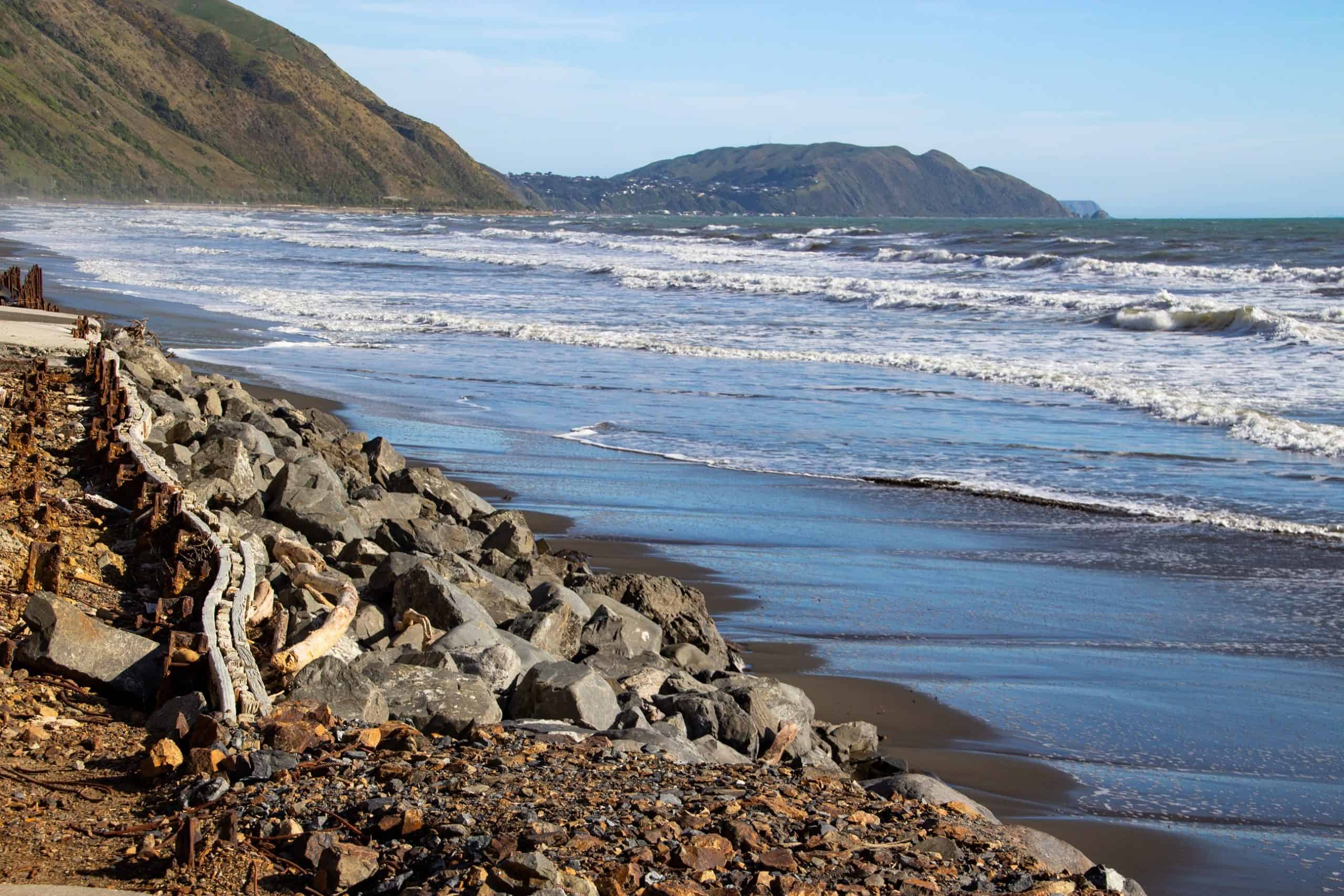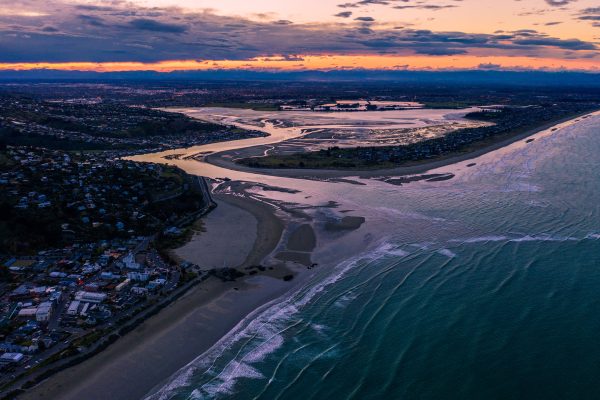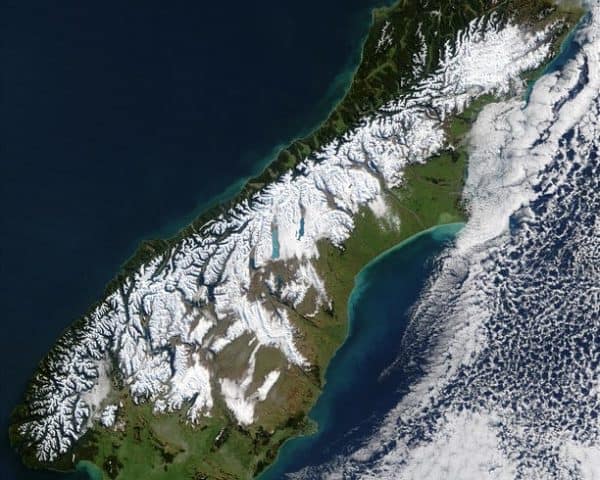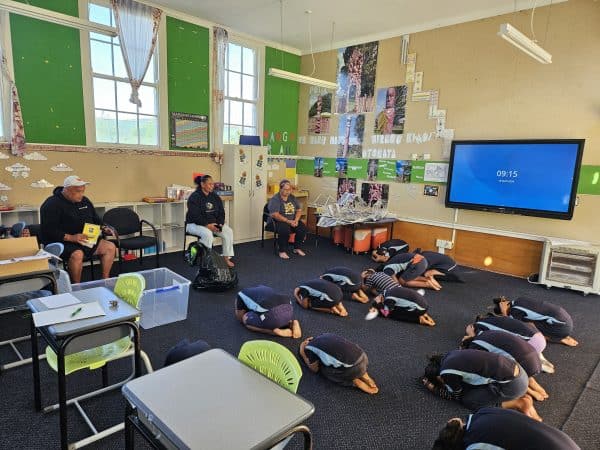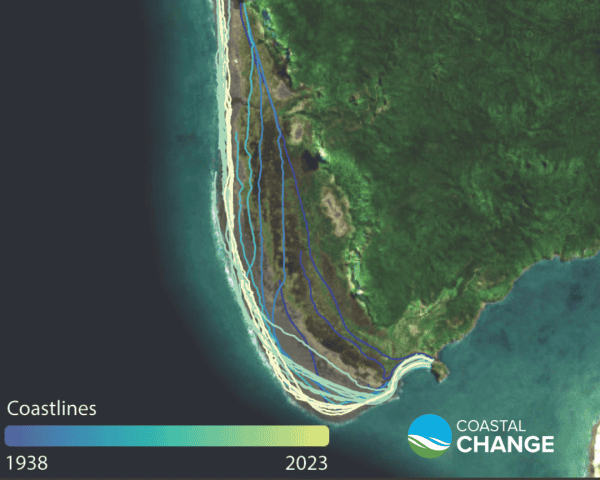In 2019-20 we saw several examples of direct application of Resilience to Nature’s Challenges (RNC) research findings into policy and practice.
The GNS Science report Reducing risk through the management of existing uses: tensions under the RMA by Emily Grace, Ben France-Hudson and Margaret Kilvington, was primarily funded by our Phase 1 contestable fund. The report looks at how the RMA can be used to reduce the risk to existing communities from natural hazards and climate change, including enabling the movement of communities from at-risk areas. The report filled an important research gap, because addressing risk to established communities means addressing people’s existing use ‘rights’ – rights that are so entrenched in planning practice that modifications, even to reduce risk to lives and property, face significant challenges. A recent example of this is Matatā in the Bay of Plenty, where there has been a protracted effort by Whakatāne District Council to manage retreat from the Awatairariki fanhead, the location of a devastating debris flow in 2005.
The report, which took an interdisciplinary approach by teaming up a planner, a lawyer, and a social scientist, was awarded the New Zealand Planning Institute’s John Mawson Award of Merit for 2020. The Award is made in recognition of a meritorious individual or one-off contribution to the theory or practice of planning. It is also stimulating strong interest from councils and central government, and in June 2020 some of its key recommendations were picked up in New Directions for Resource Management in New Zealand, the report of the Resource Management Review Panel.
The research used DAPP to frame retreat over different sea-level rise increments. The research conceptualised how this could be managed spatially across the study area, and a workshop with experts helped identify impact thresholds and consider possible adaptation options. Water sensitive urban design options were integrated into adaptation portfolios to extend retreat thresholds and create amenity for the community by repurposing the area after retreat is initiated.
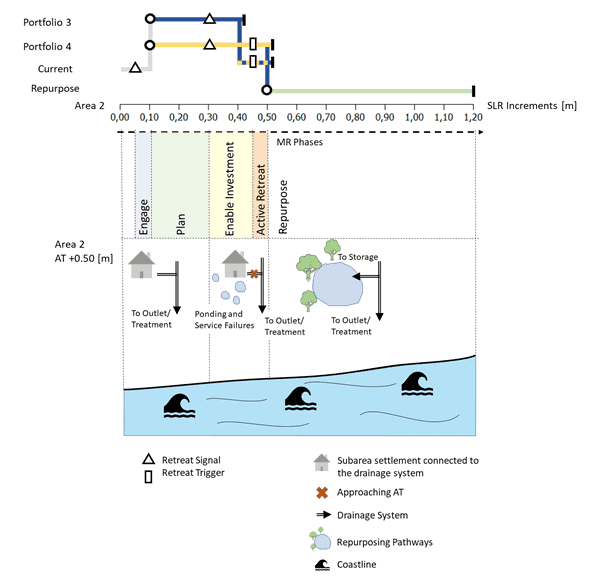
This scenario-based, spatially phased approach to two waters infrastructure retreat resulted in a research methodology and framework which are available for use in coastal communities around the country.
A project focusing on the role of Iwi and Hapū Management Plans (IHMPs) in reducing natural hazard and climate change risk to Māori communities was funded by our Phase 1 Governance and Mātauranga Māori programmes, led by Māori researchers Dr Wendy Saunders and Lucy Kaiser.
IHMPs are legislative documents under the RMA, and can play a key role in contributing to natural hazard management. They are prepared by an iwi, iwi authority, runanga or hapū as an expression of rangatiratanga and kaitiakitanga of local natural resources. They are designed to be strategic documents which outline priorities for iwi and hapū and provide cultural context and preferred processes of engagement for local authorities.
Research published by Dr Wendy Saunders and Lucy Kaiser in August 2019 and presented to the NZPI 2019 conference explores the role of IHMPs in natural hazard risk management in the Bay of Plenty. The researchers made a number of recommendations, including that councils and national agencies better embed IHMPs in their processes. As a result, researchers, planners, and many central government agencies are more aware of the plans, and the important role they play. This has been reflected in the inclusion of them in the many new strategies and policies, such as Arotakenga Huringa Āhuarangi – A Framework for the National Climate Change Risk Assessment for Aotearoa New Zealand.
This case study was submitted to the Ministry of Business, Innovation and Employment as part of our 2019-2020 annual reporting.
Featured image: Credit Margaret Low, GNS Science.
